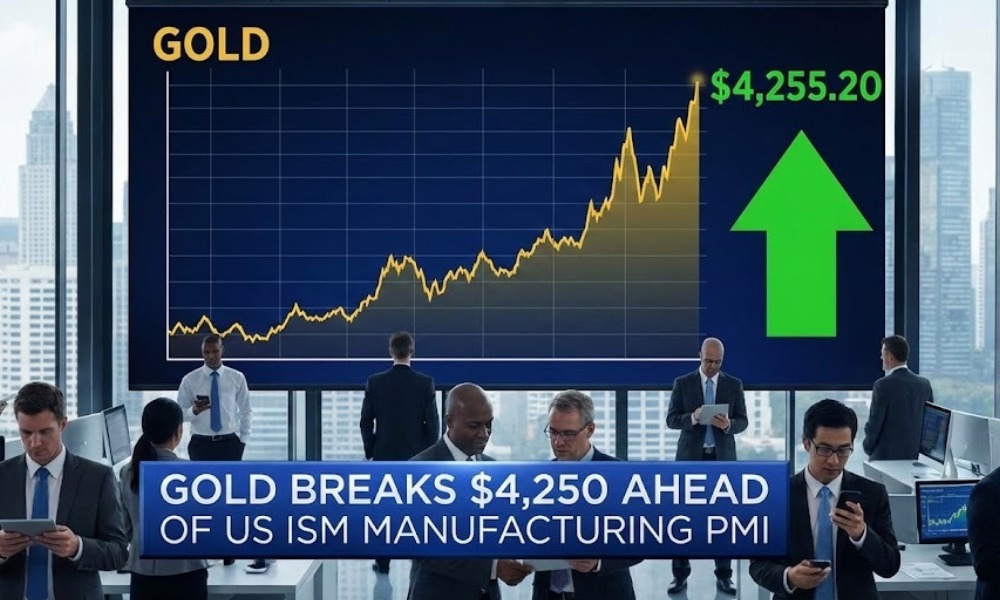International News
GSI’s Sri Lanka Educational Tour: Bridging the Gap between Academia and Industry
GSI’s CSP Students gained first-hand exposure to the mining ecosystem, bridging academic learning with real-world industry experience

Gemological Science International (GSI) reaffirmed its commitment to producing industry-ready professionals with its recent educational field visit to Sri Lanka’s famed gemstone mining region as part of its Colored Stone Professional Diploma Course (CSP) programme.
The five-day immersive trip to Nivithigala in Ratnapura, known globally as the “City of Gems,” served as a critical industry integration step, allowing students to experience the mining techniques, market dynamics, and cultural nuances first-hand, above and beyond textbook knowledge. This approach is central to GSI’s philosophy of bridging academic knowledge with field-level realities to prepare students for meaningful, impactful careers in the gem and jewelry industry.

“Industry readiness begins at the source,” said Mr. Ramit Kapur, Managing Director of GSI India. “Our CSP programme goes beyond classroom instruction by integrating direct exposure to mining environments and local markets. These experiences empower students to understand gemstones in their true context, from extraction to evaluation, building the confidence and expertise that employers’ value. This is how we ensure our graduates are not just certified, but genuinely industry-ready professionals,” he added.
During the visit, students observed key mining methods such as riverbed dredging, where miners dive deep underwater up to 60 feet to retrieve gem-bearing gravel, and underground shaft mining, which extracts stones from shafts and tunnels reaching depths of up to 70 feet. This experience helped students gain a deeper understanding of the complex processes involved in bringing gemstones from below the earth’s surface to the market, and the factors that contribute to their high value The team also explored the Demuwawatha Gem Market in Ratnapura, interacting with local traders, evaluating and purchasing rough and cut stones and learning to identify treatments and imitations under real market conditions.
Sri Lanka’s sapphires, celebrated worldwide for their vivid colours, exceptional clarity, and ethical sourcing, provide a perfect case study for origin determination; a core skill in modern gemology that influences gemstone valuation. This direct field exposure is a vital component of GSI’s comprehensive CSP curriculum, which blends rigorous classroom study with practical experiences including mine visits, factory tours, guest lectures, and hands-on workshops.
“Students who engage with the entire gem supply chain, from mine to market, develop a holistic understanding that no textbook can replicate,” said Meenu Vyas, Global Head Gemologist at GSI Education. “This learning method sharpens their ability to assess gemstone quality, authenticity, and provenance, making them uniquely qualified to meet the demands of a sophisticated global industry.”

As GSI’s latest CSP batch returns enriched with practical insights and a deeper appreciation for the complexities of the gemstone trade, the institute continues to set new benchmarks in gemological education.
International News
Gold prices climbed above $4,250 ahead US ISM Manufacturing PMI release

US spot Gold prices climbed above $4,250 early Monday, touching a six-week high as investors turned cautious ahead of the upcoming US ISM Manufacturing PMI release. The yellow metal is poised for further upside momentum if it secures a sustained daily close above the crucial $4,250 resistance level.
The US Dollar opened December on a softer note, pressured by rising expectations that the Federal Reserve may announce a rate cut next week. Growing market confidence in easing monetary conditions has boosted the appeal of non-yielding assets such as gold.
Analysts note that a decisive break and close above $4,250 could reinforce bullish sentiment and pave the way for an extended rally in the days ahead. As global markets await fresh cues from the US economic calendar, gold continues to benefit from a favorable macroeconomic backdrop and robust safe-haven demand.
-

 BrandBuzz10 hours ago
BrandBuzz10 hours agoMCA raises “small company” thresholds – up to ₹10 cr capital & ₹100 cr turnover from 1st December 2025, major relief for jewellery trade
-

 JB Insights11 hours ago
JB Insights11 hours agoWomen Leaders Driving the Luxury Renaissance
-

 National News15 hours ago
National News15 hours agoSHINESHILPI Announces the Launch of The Shine House, India’s Biggest B2B Jewellery Hub
-

 National News13 hours ago
National News13 hours agoTalla Jewellers Successfully Hosts Free Health Checkup Camp with Fortis Escorts Amritsar and Live For Others Foundation







